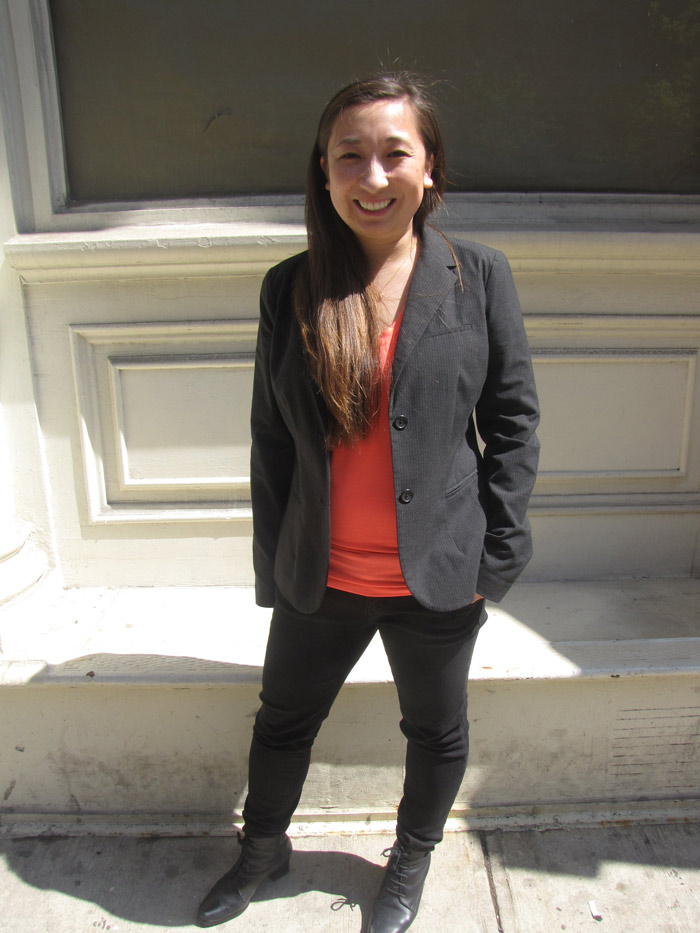In regards to the curatorial field, the Internet has facilitated international collaborative projects and generated new possibilities for online exhibitions and platforms. For instance, I am currently part of an international curatorial collective called 7×8 comprised of 7 curators based in New York, Paris, Rome, Toronto, Vienna, and Singapore. Our recent projects include: contributing articles to our blog 7×8 Curatorial Conversations, featuring artists in each of our respective cities, and creating an online exhibition for Art:I:Curate. While the Internet has facilitated communication, critical feedback, and the expansion of our networks to a larger scale, online exhibitions have certain limitations, as with any website or digitally based experience. That is, the viewer cannot fully explore a physical space and engage with an artwork from any given angle; those interactions with the artwork are transformed to a finite experience of looking, scrolling, and clicking through a virtual space.
I think the proliferation of social media has allowed larger institutions to interact with their publics more directly. Some bigger museums have begun crowd-sourcing public opinion, something which provides institutions with a deeper understanding of their audiences while making museum visitors feel they have made an impact on the institution. As an example, Brooklyn Museum’s GO project invited the people to make studio visits with 1,700 Brooklyn-based artists and nominate particular artists for a group exhibition at the museum. By integrating public opinion into their artist selection, the museum reconstituted the traditional, omnipotent curatorial voice to include other perspectives from the community. Another effect of the rise of social media in museums is the perceived accessibility of these large-scale institutions. With the ability to do things like comment on an organization’s Facebook page or Tweet directly at a museum, visitors can actively engage with the institution, exhibitions, artists, programs, and fellow museum-goers. In this way, direct feedback and visitors’ experiences are publicly addressed by the museum—a traditionally inaccessible entity.
It seems that the contemporary curator needs to be more mobile than before, able to travel within and outside of the institution more fluidly than the once traditional “one curator, one space” model may have dictated. As an emerging curator, I would apply to open calls for exhibition proposals in cities around the world with the hope of to acquiring funding necessary for travel and installation. This model of the independent curator necessitates an itinerant lifestyle of pursuing research, meeting with artists, visiting paces, and overseeing exhibition installations. Curating an exhibition without knowledge of the local context and audience is highly problematic, so ideally, a curator might have a sustained relationship with a specific location in order to produce a relevant, meaningful exhibition for a given space and audience. When conceptualizing an exhibition or initiating a project, the curator’s role requires a nuanced understanding of the context and audience, since things like the socio-political climate of a particular location and the audience’s existing knowledge and exposure to contemporary art inevitably affect the works selected for an exhibition.
I recently worked with Anna Witt, whose work often explores the political sphere, relationships of power and submission, and public interventions. For a recent work entitled Breaking New (2013), Witt employed a group of local craftspeople to re-purpose found rubbish by collecting bulk waste, building new furniture, and leaving these refurbished objects on the streets for public use. Even though this work was specific to the steel industry town of Marxloh, Germany, it addresses broader issues of waste and regeneration, and activating public social change.
By Kimberly Kitada
























